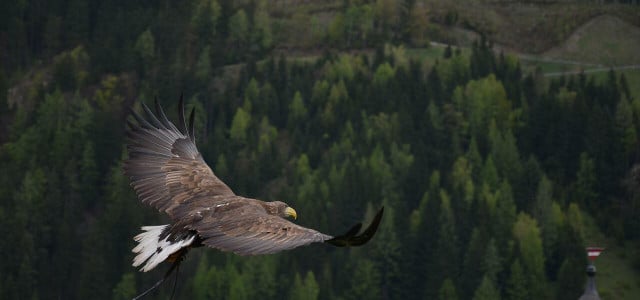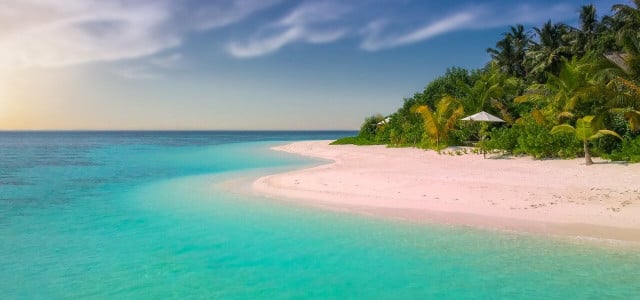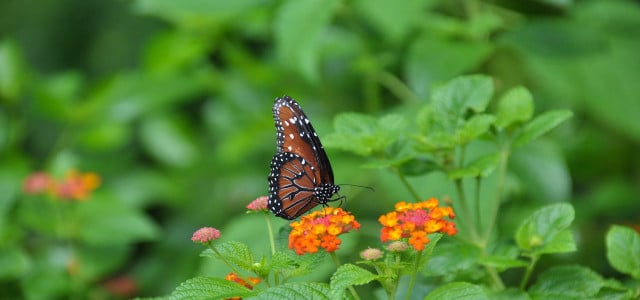Wild bird sanctuaries are vital in protecting our growing list of endangered bird species. Find out about our super six sanctuaries by reading more.
Wild bird sanctuaries are vital resources considering that the population of global bird species has profoundly diminished by an estimated three billion in the last fifty years. This catastrophic decrease is primarily due to climate change, pollution, and the ongoing destruction of ecosystems and habitats. Many organizations are working to reverse these trends and wild bird sanctuaries are a core element of the solution.
The International Union for the Conservation of Nature (IUCN) works with Birdlife International and other organizations to identify endangered birds for the global Red List of Threatened Species. The U.S. Endangered Species Act list also provides guidance about American species that are facing extinction. The Wild Bird Conservation Act insists that all U.S. wild bird trade is biologically sustainable and to the benefit of the species. It also limits or prohibits imports of exotic birds when not beneficial to the species.
Wild bird sanctuaries and organizations like the American Bird Conservancy (ABC) aim to eliminate extinctions by identifying the species at greatest risk, based on the IUCN Red List and other guidance. Many projects, conservations and wild bird sanctuaries have and are still being developed to protect these endangered bird species once they are identified.
Are Wild Bird Sanctuaries Needed in the U.S.?
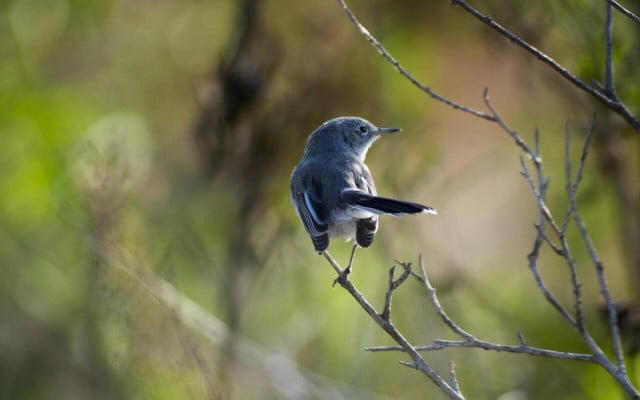
(Foto: CC0 Public Domain / Unsplash / James Lee)
In the last fifty years, five bird species are considered extinct in the wild but still survive in captivity. Fifteen bird species are completely extinct across the U.S. and U.S. Pacific Territories. The biggest losses were seen in Hawaii. Alarmingly, one in every eight bird species is at risk of extinction and forty species were elevated to higher categories in 2020. According to the American Bird Conservancy (ABC), in the last fifty years:
- Grassland birds have seen a 53% reduction in population
- Forests have lost one billion birds.
- Coastal shorebirds lost more than one-third of their population.
- Birds like swallows, nighthawks, and flycatchers have declined by 32%.
- The volume of spring migration has dropped by 14% in the past decade.
Also interesting: Should You Actually Feed Birds? Why It’s Not a Good Idea
1. Norman Bird Sanctuary
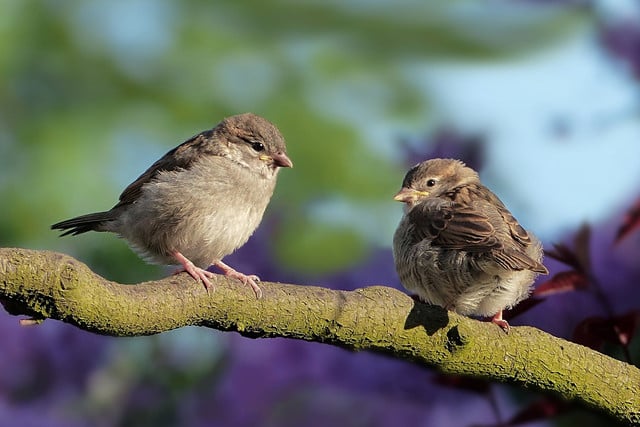


(Foto: CC0 / Pixabay / Oldiefan)
The Norman Bird Sanctuary is a non-profit wildlife sanctuary that spans over three hundred acres in Middletown, Rhode Island. This wild bird sanctuary was established in 1949 by a lady called Mabel Norman Cerio, who gifted her estate to the propagation, preservation, and protection of birds. Her vision of providing a place where birds could live in their natural habitats and be observed and appreciated by humans is still maintained at the sanctuary today.
This wild bird sanctuary is also an environmental education center that offers public programs and the chance to adopt a bird, volunteer or donate. The natural space installs three hundred nest boxes annually and provides a safe and natural habitat for species such as:
- Bobolinks: which are threatened in Canada and declining generally due to a lack of grasslands habitats.
- Savannah Sparrows: which are still a commonly found songbird in North America. This species returns to its own hatching site every year and this wild bird sanctuary ensures it has safe place to call home.
- Migrating Birds: for whom stopping-over is critical. These birds are in steady decline and continuously losing suitable stop-over habitats for their migration patterns.
The Norman Bird Sanctuary is even a center for ecotourism. Young people, environmentalists, bird lovers, and wellness groups from all over the world are just a few of the groups that are attracted to a stay in the onsite Paradise Farmhouse. The University of Rhode Island has even partnered with the Norman Bird Sanctuary to create a demonstration garden — to educate the general public about native plants and vegetables. They also teach people how to grow them using environmentally-sound practices.
2. The W.K. Kellogg Biological Station
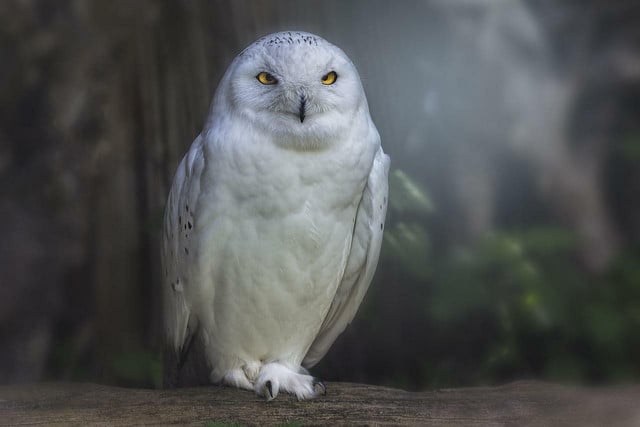


(Foto: CC0 / Pixabay / Boenz)
The W.K. Kellogg Biological Station (KBS) is Michigan State University’s largest off-campus education complex for experimental field research. It spans over nearly four thousand acres and is committed to conservation of natural resources and sustainable agriculture alongside research and education.
The major highlights of this wild bird sanctuary include:
- A ¾ mile trail to Wintergreen Lake to watch hundreds of waterfowl, like trumpeter swans, Canadian geese and a variety of duck species, in their natural habitat.
- The Birds of Prey enclosures offer safety and shelter to both rare and common raptors, including bald eagles, red-tailed hawks and eastern screech owls.
- An upland game bird display protects threatened and endangered species from Michigan and all around the world.
- A pollinator garden within the sanctuary boasts a range of native plants that attract hummingbirds, bees and butterflies.
- A large picnic area, a gift shop selling local and fair trade items, and an educational resource center.
3. Kissimmee Prairie Preserve State Park
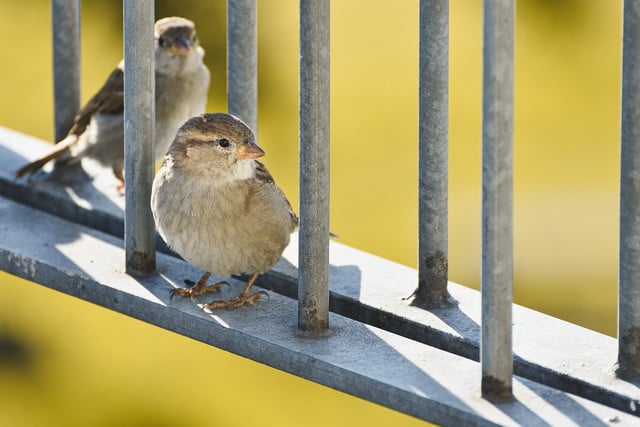


(Foto: CC0 / Pixabay / Alexas_Fotos)
At fifty-four thousand acres, Kissimmee Prairie Preserve State Park in Florida is a biologically diverse and valuable grassland for many of earth’s creatures. This wild bird sanctuary has been internationally recognized for its lack of light pollution and crystal clear skies. The massive natural conservation houses most of the remaining Florida grasshopper sparrows, which are considered one of the most at risk bird species in the U.S. Experts estimate that less than two hundred of them now exist. The Kissimmee Prairie houses most of these remaining survivors.
On the other end of the continuum, we find the crested caracara. This resilient, predatory falcon is listed among the least concerning species for extinction by the IUCN — except in Florida. Rising human populations, increasing development and diminishing habitats have put them at high risk here. The fact that they are ground dwellers doesn’t help either as they are frequently hit by traffic. These survivors are thriving at the prairie too.
Burrowing owls are endangered in Canada, threatened in Mexico, and considered a species of greatest conservation concern in many of the United States. They are protected under the Migratory Bird Treaty Act and another favorite inhabitant of the picturesque landscape of the Kissimmee Prairies.
4. The World Bird Sanctuary
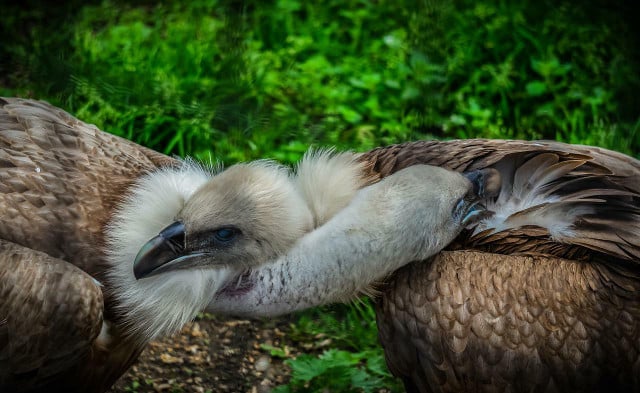


(Foto: CC0 / Pixabay / scholty1970)
The World Bird Sanctuary in Missouri lies beside Lone Elk County Park and manages the breeding of endangered species from all over the world – it even has a bird hospital onsite. The tranquil wild bird sanctuary is situated in over three hundred acres of hardwood forest and boasts a beautiful and safe habitat for many species. Conservation is a key element of this wild bird sanctuary’s mission.
The World Bird Sanctuary is home to a massive variety of endangered bird species. These include:
- Vietnam pheasant
- Cabot’s tragopan
- Andean Condor
- Egyptian vulture
- Hooded vulture
- Red-headed vulture
- Bearded vulture
- Bateleur eagle
- Harpy eagle
- Steller’s sea eagle
- Saker falcon
- Thick-billed parrot
You can expect to find the following at this wild bird sanctuary:
- Free seasonal shows and educational programs
- Nature trails and picnic pavilions
- Large outdoor avian exhibits
- Housing for a variety of World Bird Sanctuary’s non-releasable birds.
- Rehabilitation for injured birds of prey at an onsite wildlife hospital.
Want to help out local wild birds as well? Learn how to make homemade suet or how to provide water for birds in our guides.
5. Laguna Atascosa National Wildlife Refuge
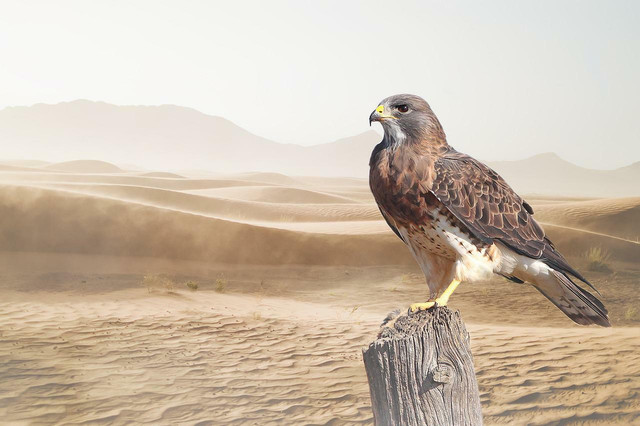


(Foto: CC0 / Pixabay / Pezibear)
Laguna Atascosa National Wildlife Refuge was established in 1946. The vibrant ecosystem spans across forty-five thousand acres of subtropical and coastal habitats in Texas that range as far as the desert and beyond. The temperate climate and massive ecosystem attracts migrating waterfowl and sandhill cranes for an oasis and a mild winter. This wild bird sanctuary is famous for housing a diversity of birds and wildlife found nowhere else. It also boasts the most recorded species of birds than any other conservation. At this wild bird sanctuary, you can expect:
- More than sixty miles of scenic hiking and biking trails.
- Five bird feeding stations and four water features.
- A visitor center.
- Bird viewing areas and trails.
- A Wildlife Drive to overlook a tranquil freshwater lake named after the refuge.
Tip: Also check out 8 Sloth Sanctuaries For Your Bucket List
6. Bear River Migratory Bird Refuge
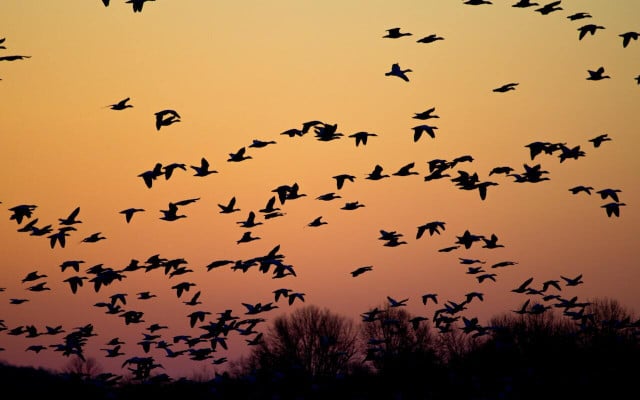


(Foto: CC0 Public Domain / Unsplash / Barth Bailey )
There are currently two hundred and sixty migratory bird species in need of conservation in the U.S. Utah’s diverse, rugged landscape and distinctive seasonal weather make the Bear River Migratory Bird Refuge a favorite sanctuary for a massive array of migratory species. Many spend the summers here feeding and breeding, while others spend the winters here searching for prey in the natural, flourishing ecosystem.
In the early 1900’s, the expansive Utah wetlands were reduced to a few thousand acres due to upstream irrigation diversions of the Bear River. Overcrowding and a loss of habitat resulted in catastrophe for migratory birds — who then suffered an outbreak of avian botulism that wiped out millions. Congress responded by making the area a National Wildlife Refuge in 1928. Since then, the government and concerned local citizens worked together to build canals and dikes to restore 25,000 acres of freshwater wetland.
When The Great Salt Lake flooded in 1989, this wild bird sanctuary was annihilated again. Salt water swept through the wetlands and habitats were contaminated. Earlier building work and efforts from the 1920s disaster were also destroyed.
Today, this wild bird sanctuary has been fully restored to its former glory. It is a biologically alive ecosystem for an array of wildlife and a favorite for bird watchers and those that enjoy the great outdoors. Beware though, that hunting and fishing are permitted — so we are reluctant to class The Bear River Migratory Bird Refuge as a completely secure wildlife sanctuary.
Read more:
- What to Do If You Find a Baby Bird: How to Help
- Feeding Squirrels: What You Should Know
- Is It Okay to Feed Ducks? Legality and Ethics
Do you like this post?






